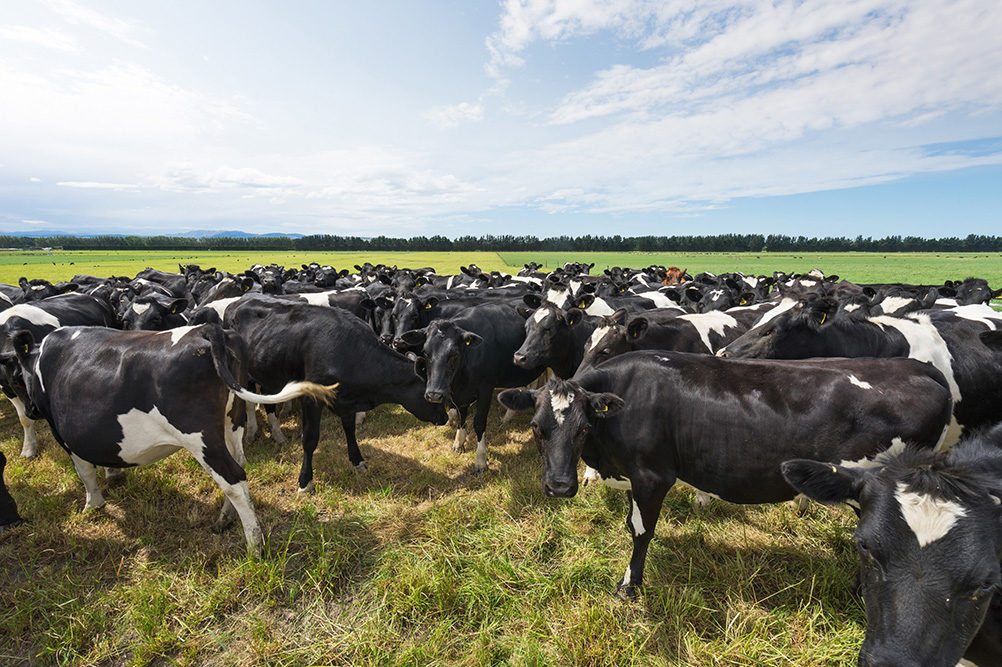Dairy cows, just like humans, need their sleep but AgResearch scientists have had to develop new technologies to better understand the quality of shut-eye the animals are getting.
Research into the sleep of cows is seen by researchers as one way of assessing their welfare, which is important to farmers and to respond to the growing expectations of global dairy consumers.
Although little is known about the sleep needs of cows, scientists do know sleep is an essential physiological function for all animals and plays an important part in physical and mental health.
The challenge has been that measuring and distinguishing between the important stages of sleep in dairy cows is impractical with the animals housed in the usual farm environments, says AgResearch animal behaviour and welfare science team leader Dr Cheryl O’Connor.
“Between AgResearch and Scotland’s Rural College in Edinburgh, including joint PhD student Laura Hunter, we used sensor devices placed on the cows to take measurements during their sleep such as their neck muscle activity and heart rates, to compare with the gold standard EEG (electroencephalogram) for brain activity,” Dr O’Connor says.
“We took this muscle and heart rate data from six cows in both housed and pasture systems, and applied machine learning (a branch of Artificial Intelligence) models to make predictions about what the muscle and heart rate data means for the cows’ different sleep stages.
“The result was that machine learning models were able to accurately predict sleep stages from the measures that were taken, and the accuracy was in a similar range to that for human computer models.”
Now that this method appears to be a valid way of measuring and predicting the sleep stages of cows at a small scale, researchers want to apply it to a much larger number of animals to validate the use of these methods.
“We think the insights we can get from this could potentially tell us more about overall animal welfare,” Dr O’Connor says.
“From that we may be able to build further on the research. We will be aiming to share what we learn with farmers and the wider industry, so they can potentially build that knowledge into what happens on farms to provide the best life we can for our cows.”
The recently published research can be viewed in full at: https://www.nature.com/articles/s41598-021-90416-y
Source: AgResearch












